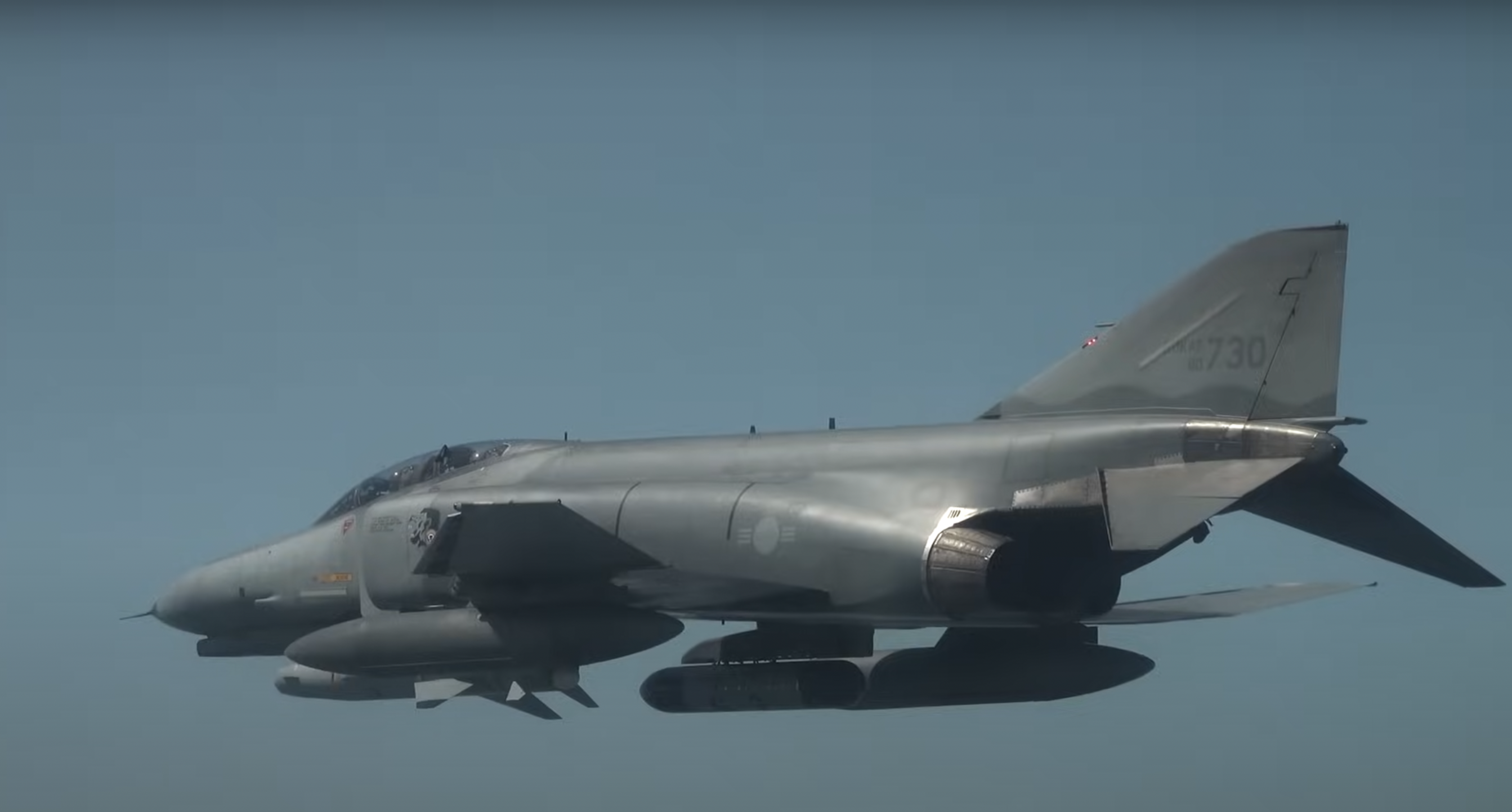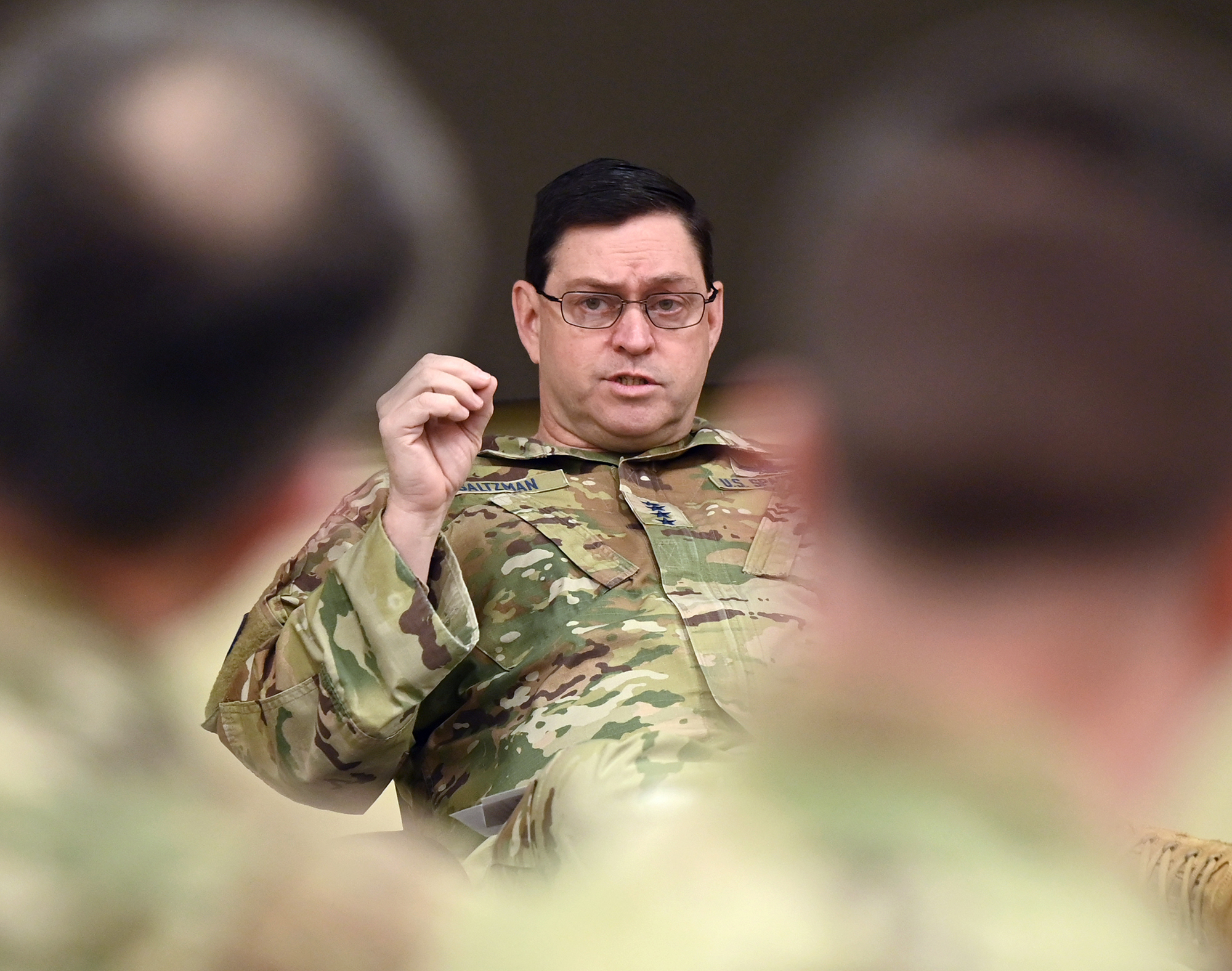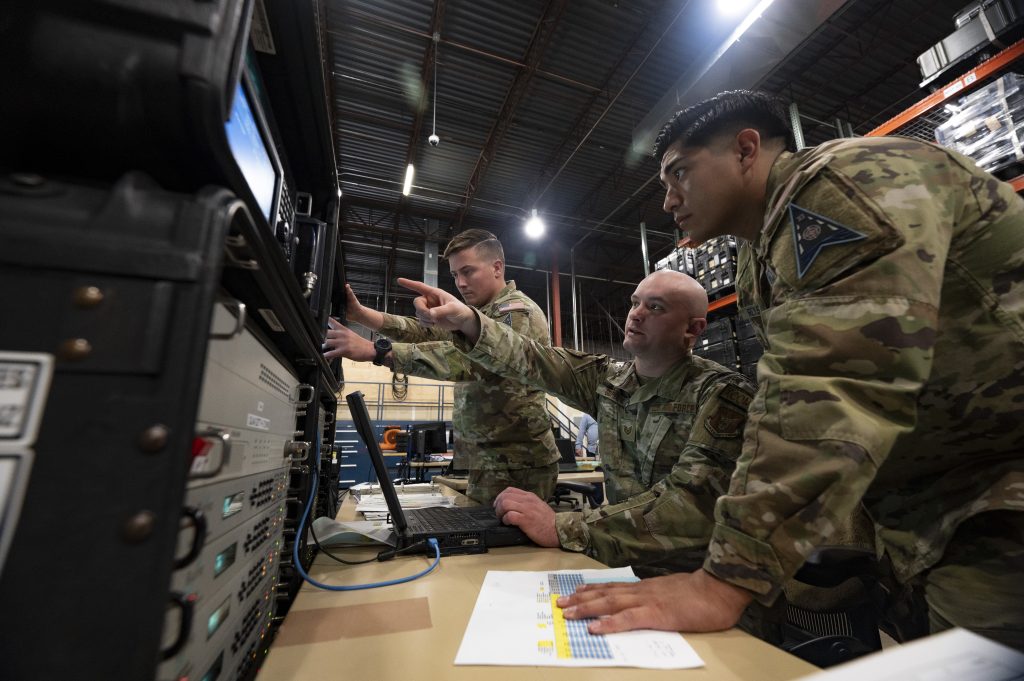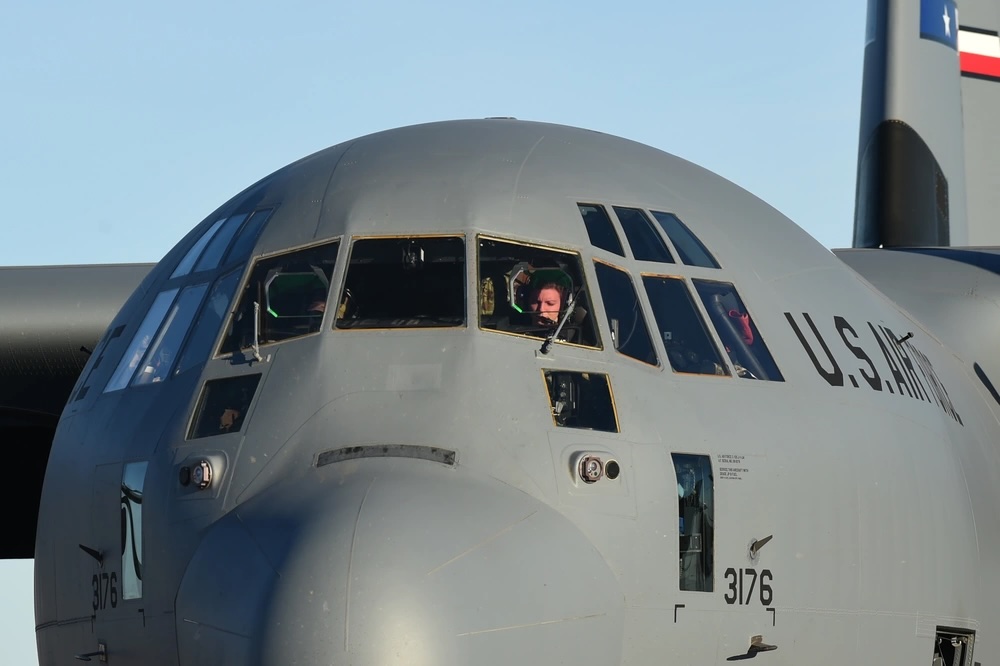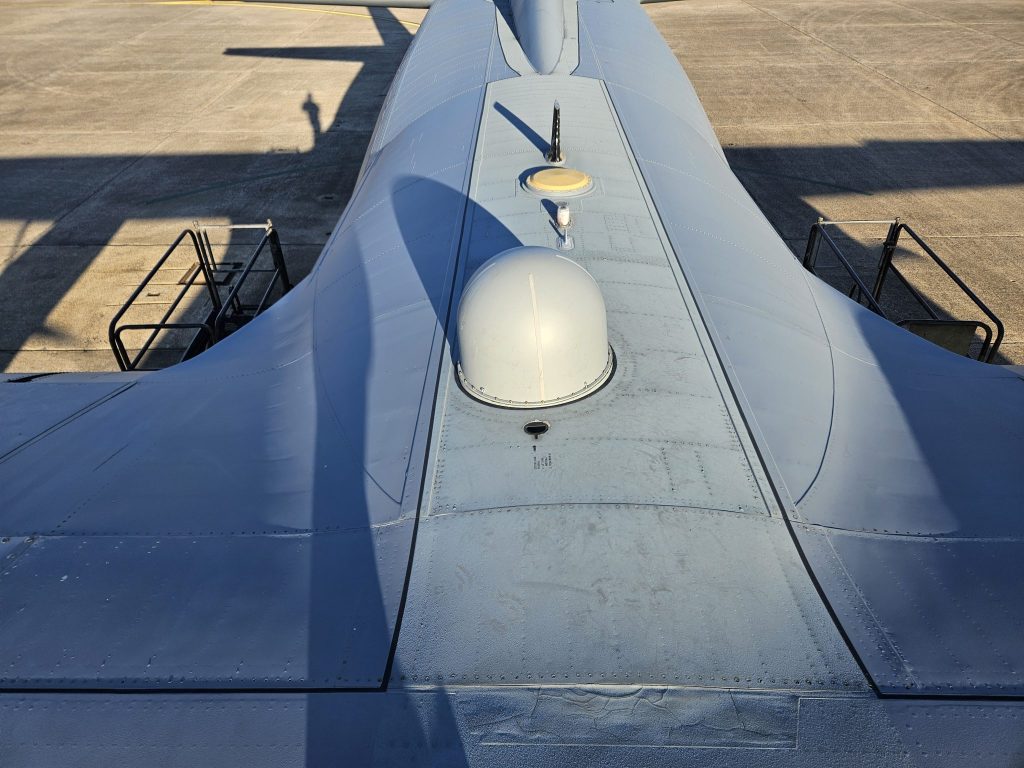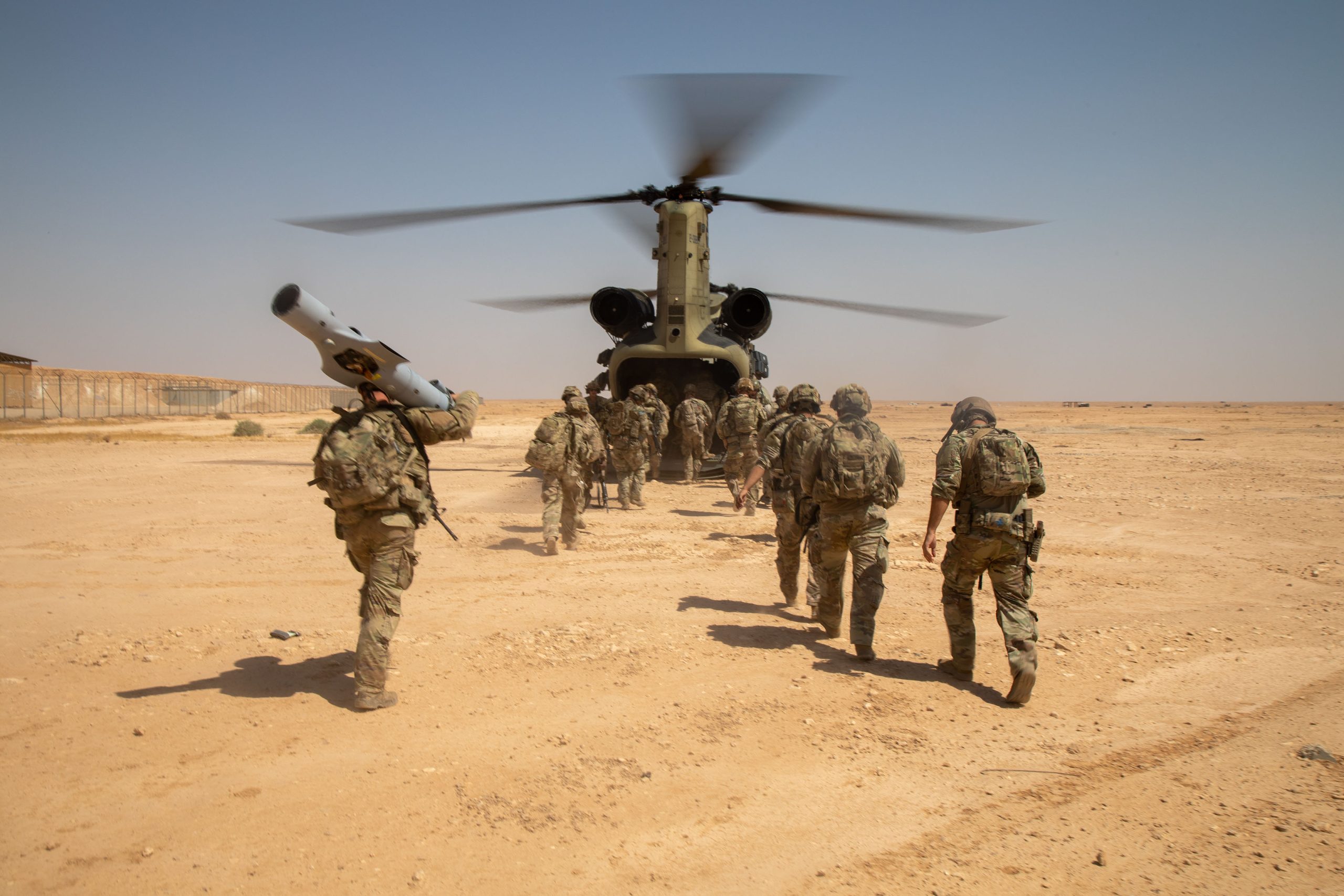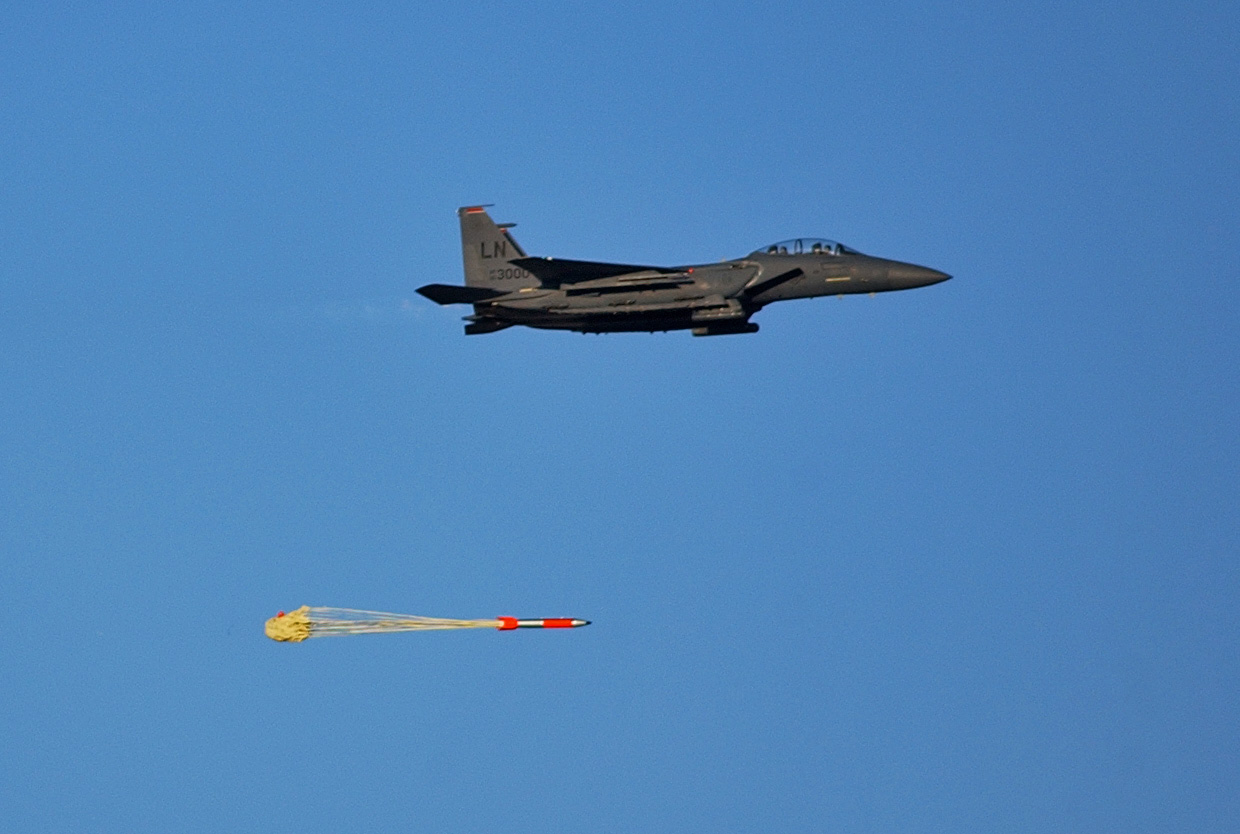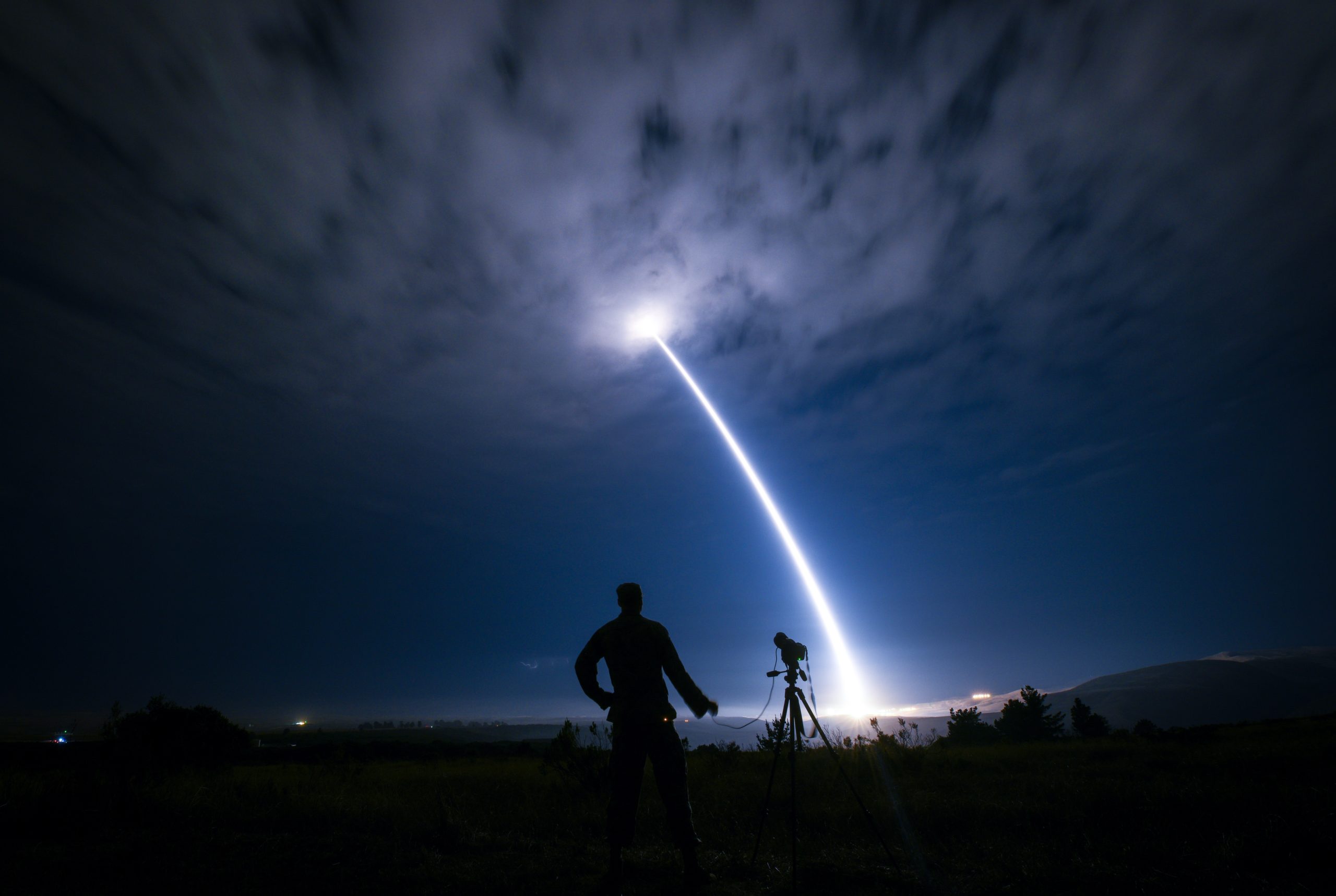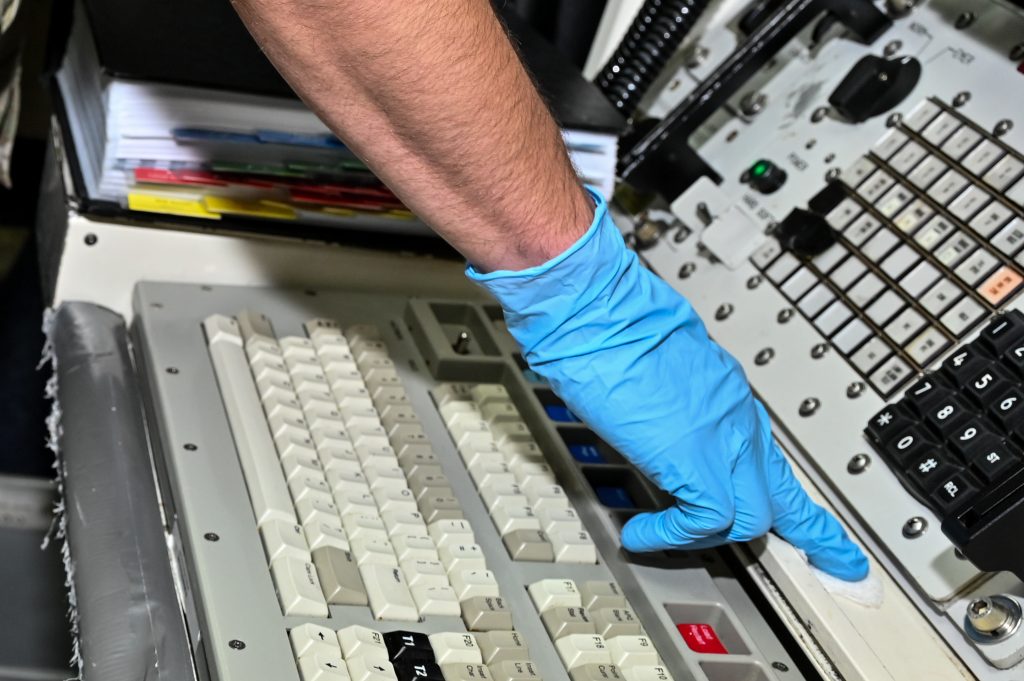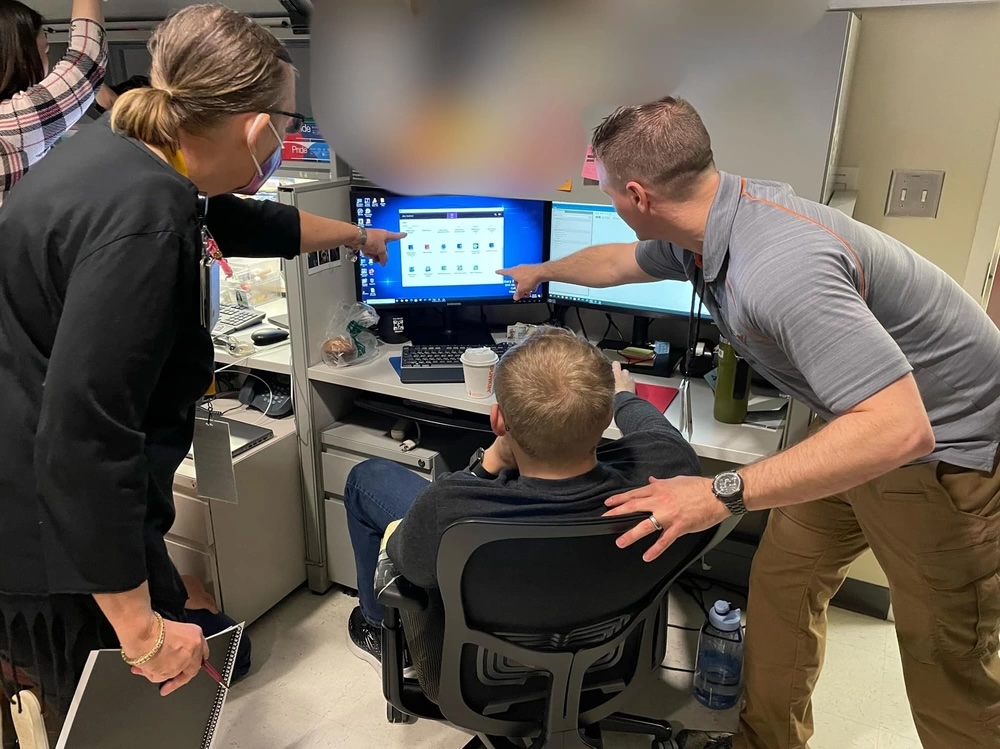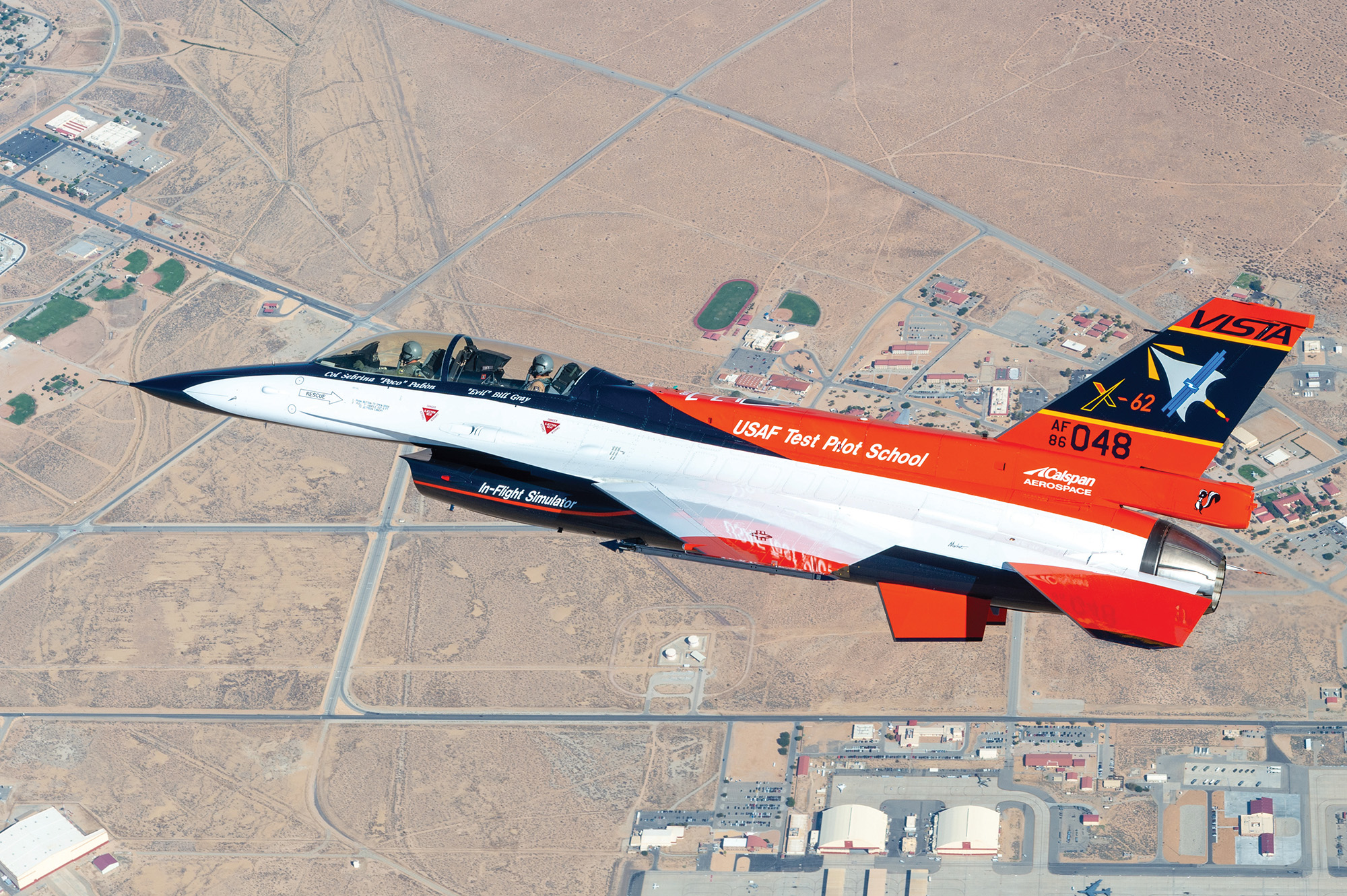South Korea conducted the final live-fire drill with its F-4 Phantoms amid the largest U.S.-ROK air exercise of the year.
The Republic of Korea Air Force’s F-4 Phantoms fired the precision-guided AGM-142 Popeye air-to-surface missiles on a range near the Yellow Sea on April 18, according to a service release.
These last training sessions marked the nation’s farewell to its remaining Phantoms before the fleet is phased-out on June 8, as well as a goodbye to its AGM-142 Popeyes, as the F-4 jets were the country’s sole aircraft capable of carrying the missiles.
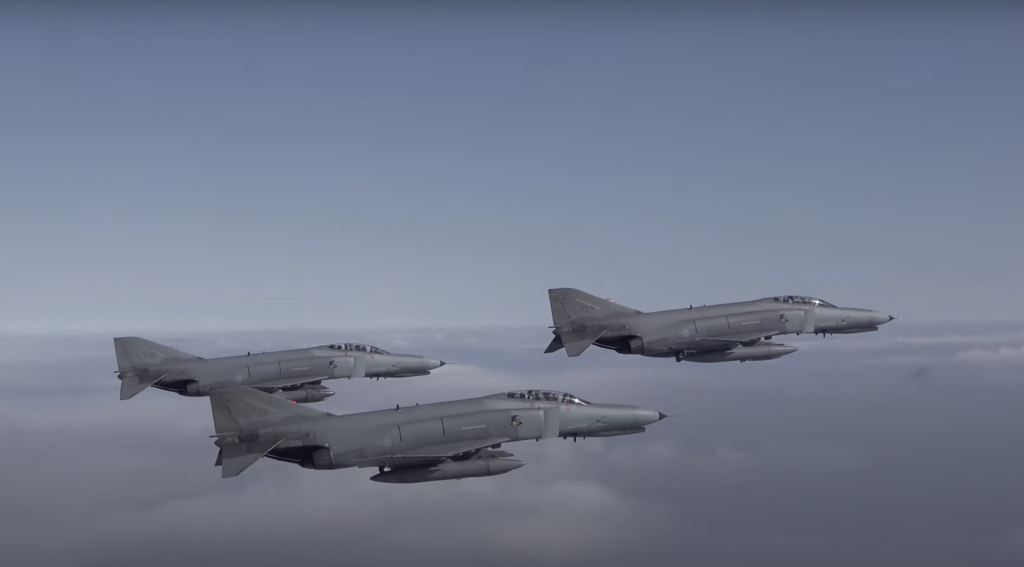
The F-4 Phantom took its inaugural flight in 1958. The highly versatile jet concurrently served as the front-line tactical aircraft for the U.S. Air Force, Navy, and Marine Corps from the Vietnam War to the Gulf War of the 1990s. Nearly four decades after its inception, the fleet was retired in 1996 from the U.S. Air Force—the last American branch to operate the jets.
Following the U.K. and Iran—which was a major buyer of U.S. weapons before the pro-American Shah was overthrown in 1979—South Korea became the third country to acquire the Phantoms in 1969. Among its variants, the F-4D was hailed as one of the world’s most powerful fighters at the time, far ahead of North Korean fighter jets. Until the introduction of the KF-16—the license-built South Korean version of the F-16—in 1994, the nation employed the Phantom as its primary fighter jet.
South Korea has operated approximately 220 Phantoms and their variants to date, including upgraded versions such as the F-4E and the reconnaissance aircraft RF-4C. Currently, there are only about 10 operational F-4s, all due to be retired in the coming months.
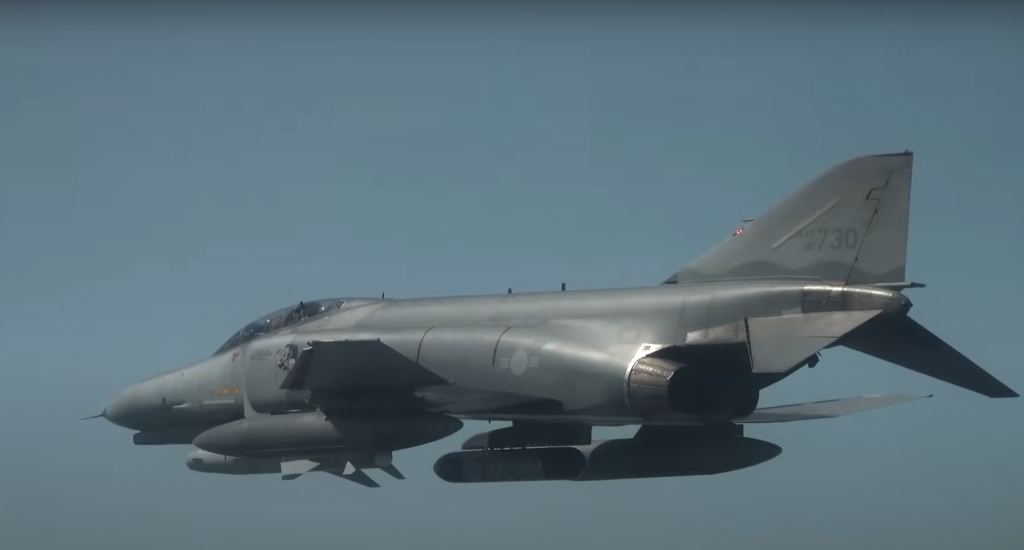
The AGM-142 “Popeye” missiles fired by the F-4 jets in simulated attacks last week were originally developed in the early 1980s by the defense technology firm Rafael. Later, they were redesignated as the AGM-142, known as “Have Nap” in the U.S. In 1987, the U.S. assessed the munition for equipping its B-52G/H bombers with a standoff precision strike capability, initiating procurement in 1989.
The U.S. initially imported the missiles from Israel but later began co-production of the AGM-142B-F commencing several derivatives of the Popeye, buying 294 AGM-142 missiles before their withdrawal from service in 2003.
Between 1997 and 1999, South Korea ordered over 216 of these air-to-surface missiles and their variants, including Popeye 1 and AGM-142C/D, from the U.S., with the country’s Air Force integrating the missiles in 2002. The missile is capable of striking targets over 60 miles away and can deliver a payload of 770 pounds. ROK Air Force explained that its range was crucial as it was the only missile capable of precisely targeting Pyongyang for years. The closest air base in South Korea from North Korea’s capital is Osan Air Base, located about 50 miles away.
The farewell ceremonies took place amid the largest annual U.S.-ROK Air Exercise of the year, KFT (Korea Flying Training) exercise, which aims to improve interoperability between the allies. This year’s edition saw more than 25 different types of aircraft totaling 100 from both nations.
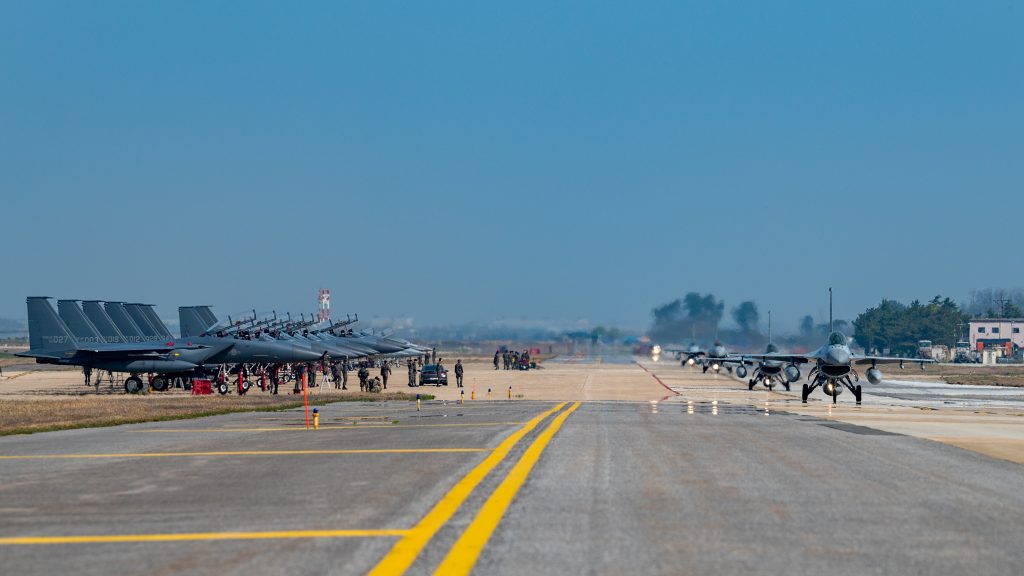
U.S. fighters, tankers, reconnaissance and transport aircraft, including F-16s, F-35Bs, A-10s, E-3s, U-2s, MQ-9s, KC-135s, C-17s, C-130J and the Army’s MQ-1C drone, arrived from locations both on and off the Korean Peninsula for the exercise. The ROK contingent included F-35As, F-15Ks, F-16s, FA-50s, C-130s, CN-235s, and KC-330s.
“KFT is a critical training event due to the sheer size of the exercise, the amount of aircraft and people involved from across the joint and allied forces, and the complexity of the training,” Col. Charles G. Cameron, the 7th Air Force’s director of operations and plans said in a release. Cameron highlighted that the exercise provides “the most realistic opportunity” for the joint forces to rehearse tactics through challenging scenarios while bolstering defensive posture in the region.
The U.S. and South Korea are “ready to respond to any threat or adversary,” said Col. Matthew C. Gaetke, the commander of 8th Fighter Wing commander at Kunsan Air Base.
